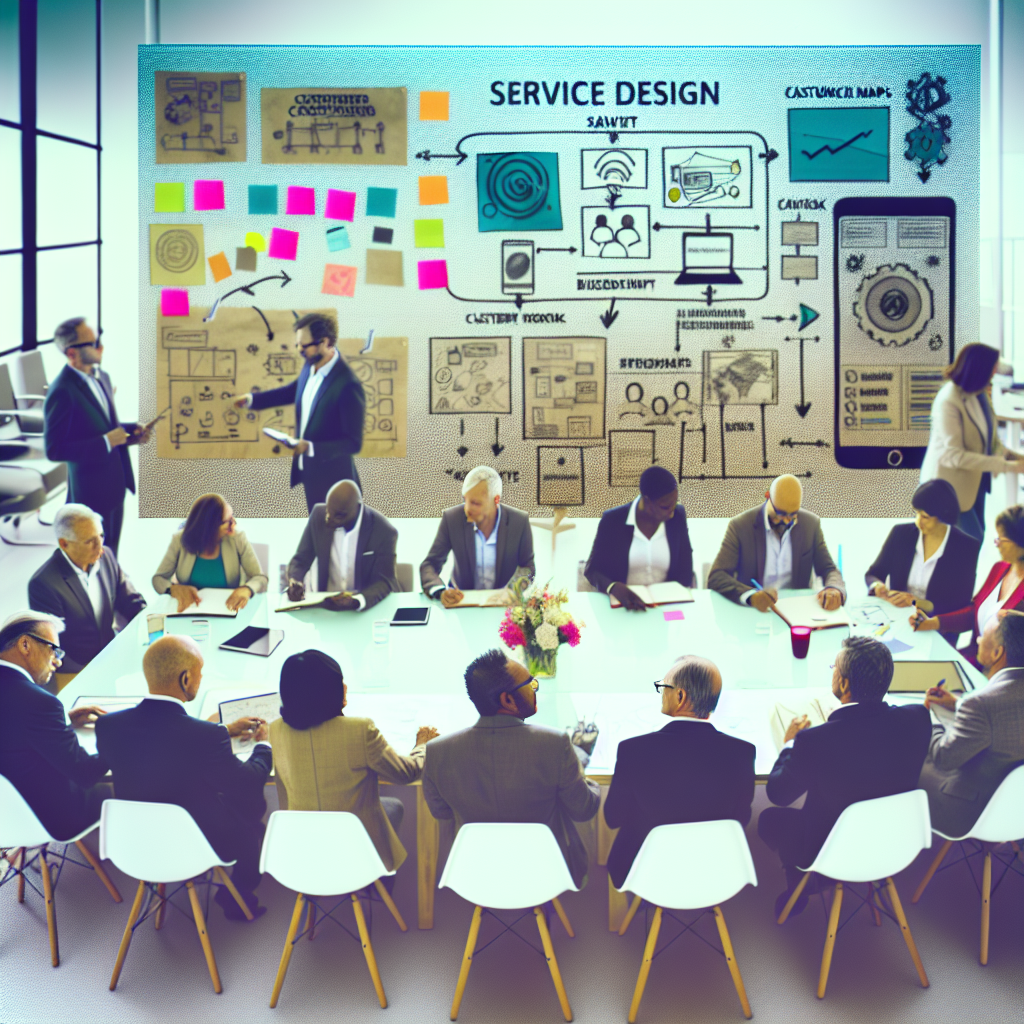Service Design Principles: Enhance Your Customer Experience Today
Service design principles are essential for any organization aiming to improve its customer experience. By implementing these principles, businesses can ensure they deliver value, efficiency, and satisfaction to their customers.
What is Service Design?
Service design involves the organization and planning of people, infrastructure, communication, and material components of a service. It aims to improve both the user experience and the interactions between the service provider and customers. Service design principles help create services that are useful, desirable, efficient, and effective.
Key Service Design Principles
To enhance customer experience, it’s crucial to incorporate key service design principles into your business model. Below are some of the most important principles to consider:
- Holistic View: Take a comprehensive view of the service experience, considering every touchpoint and element of the customer journey.
- Human-Centered Approach: Focus on the needs, desires, and experiences of the customers. Engage with users to gather insights and feedback.
- Co-Creation: Collaborate with customers, stakeholders, and employees to co-create the service. This ensures diverse perspectives and innovative solutions.
- Iterative Process: Use an iterative approach to design and refine services. Continuously test, learn, and improve the service offerings.
- Seamless Integration: Ensure that all service components are seamlessly integrated, providing a smooth and consistent experience for the customer.
Implementing Service Design Principles
To effectively implement service design principles, follow these steps:
- Research and Empathy: Start with thorough research and empathy mapping to understand the customer’s needs, pain points, and expectations.
- Idea Generation: Use brainstorming sessions and collaborative workshops to generate innovative ideas and solutions.
- Prototyping: Develop prototypes of the service concepts and test them with real users to gather feedback.
- Refinement: Based on user feedback, refine the prototypes and iterate the process until the service meets the desired standards.
- Implementation: Once the service design is finalized, implement it across all relevant touchpoints and ensure all stakeholders are aligned.
Common Challenges and Solutions
While service design principles can significantly improve customer experience, there are common challenges businesses may face:
- Resistance to Change: Employees and stakeholders may resist changes. Address this by involving them in the co-creation process and clearly communicating the benefits.
- Resource Constraints: Limited resources can hamper the implementation of service design principles. Prioritize critical areas and seek incremental improvements.
- Lack of Customer Insight: Without accurate customer insights, service design efforts can be misdirected. Invest in comprehensive customer research and data analysis.
Service Design Tools and Techniques
There are several tools and techniques that can aid in applying service design principles:
- Service Blueprints: Visual maps that outline the entire service process, including front-stage and back-stage activities.
- Journey Maps: Illustrative tools that depict the customer’s experience over time, highlighting key touchpoints and interactions.
- Customer Personas: Fictional characters representing different customer segments, helping to tailor services to specific needs.
- Experience Prototyping: Creating tangible representations of service ideas to test and refine them through user feedback.
Benefits of Applying Service Design Principles
By applying service design principles, businesses can enjoy numerous benefits:
- Improved Customer Satisfaction: Deliver services that are tailored to customer needs and preferences, resulting in higher satisfaction levels.
- Increased Efficiency: Streamline processes and eliminate inefficiencies, leading to smoother operations and cost savings.
- Competitive Advantage: Differentiate your offerings from competitors by providing exceptional customer experiences.
- Employee Engagement: Involving employees in service design fosters a sense of ownership and motivation, improving overall service delivery.
- Innovative Solutions: Foster a culture of innovation by continuously iterating and improving service concepts.
FAQs
What are the core components of service design?
The core components of service design include people, infrastructure, communication, and material elements, all working harmoniously to deliver a seamless experience.
How does service design differ from product design?
Service design focuses on creating and optimizing interactions and experiences, whereas product design is centered on the physical attributes and functionality of a tangible product.

